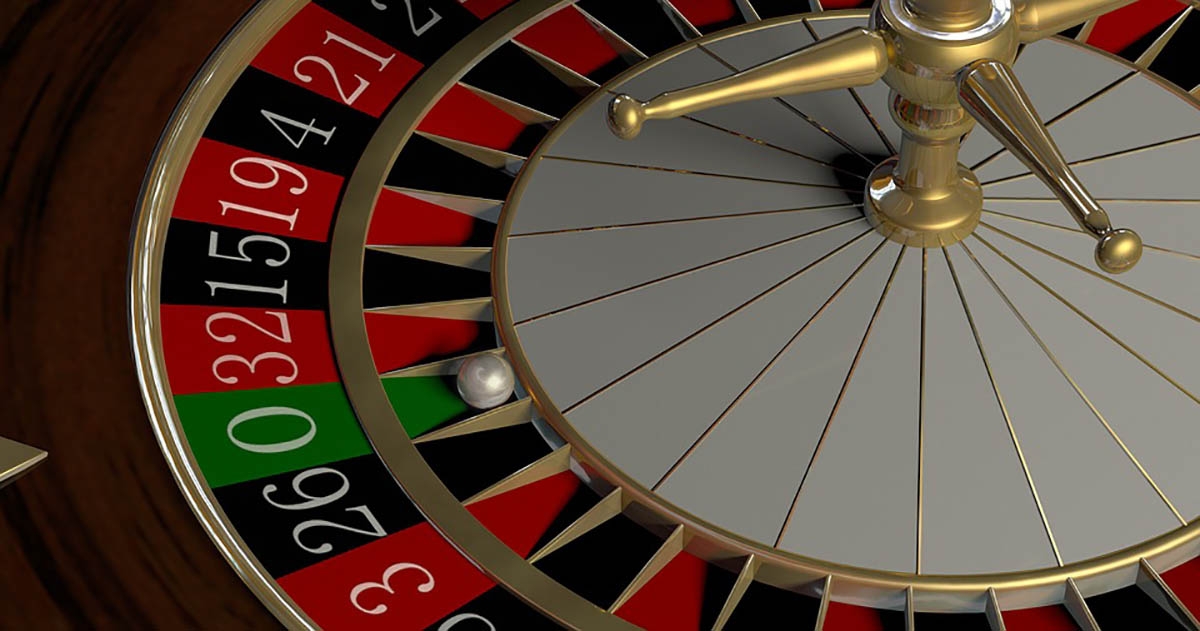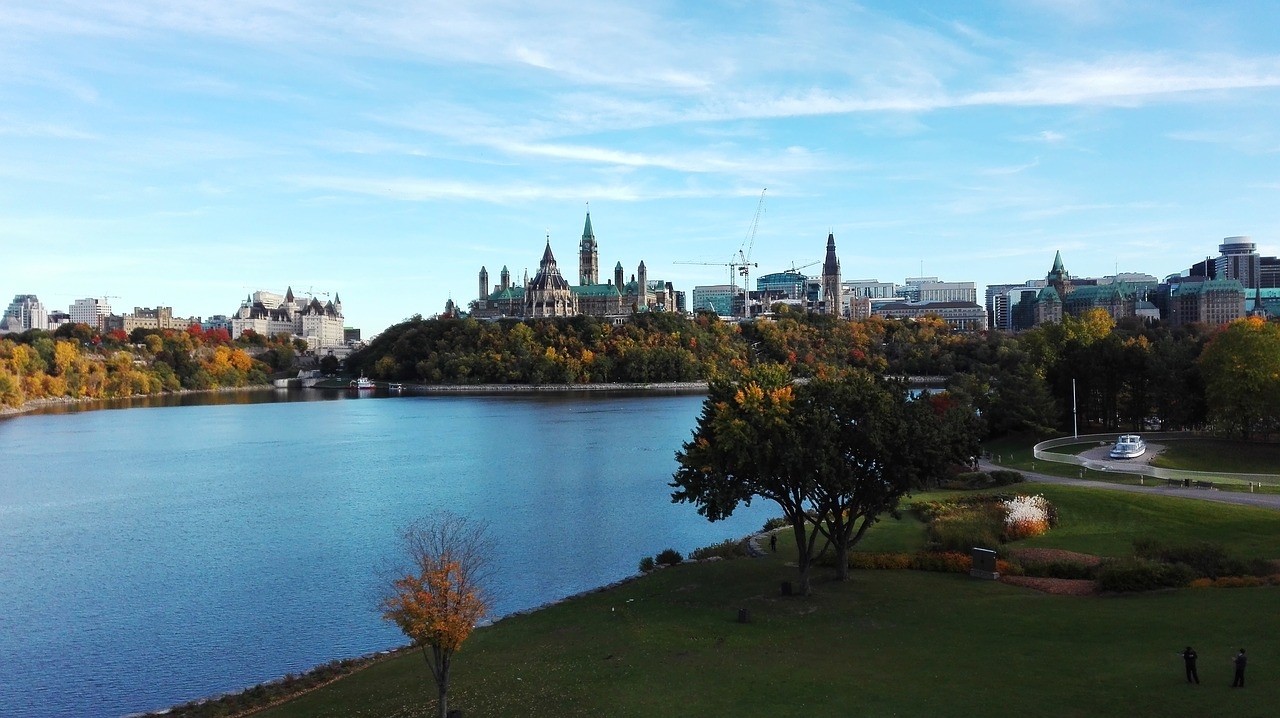
LIDAR vs. Photogrammetry: What Sensor to Choose for a Given Application
Choosing between LIDAR and Photogrammetry can feel overwhelming. Both technologies really capture the world in 3D, yet they work very differently. Hence, the reason why your project needs should guide your choice. Considering that mapping technology has evolved rapidly in recent years, the tools we used a decade ago seem ancient now.
Luckily, there are modern sensors that offer excellent capabilities at lower prices. This makes advanced mapping accessible to more people than ever before. So, if you’re reading this, you might wonder which approach works better for your specific needs. The answer isn’t always straightforward, but it depends on several factors that matter to your project.
How LIDAR Actually Works
LIDAR actually uses laser pulses to measure distances. The sensor shoots out light and times how long it takes to return. Hence, it creates highly accurate depth measurements. You will discover drone LIDAR solutions that can map areas with thick vegetation. This way, trees and bushes won’t block LIDAR like they block cameras. Instead, the laser pulses will penetrate through gaps in foliage. So you can map the ground underneath.
LIDAR works in low light or even darkness. Its flexibility extends your working hours considerably. So, morning fog or evening shadows won’t ruin your data collection. Instead, you can keep working when Photogrammetry fails. The raw point clouds from LIDAR mapping contain rich information. Each point includes precise position data. Moreover, many systems record intensity values that help identify surface types. This additional data will prove incredibly useful during your analysis.
The Power of Photogrammetry
Photogrammetry, unlike LIDAR, creates 3D models from regular photographs. It finds matching points across multiple images and then calculates depth through triangulation.So, when your standard camera captures the images needed, it makes Photogrammetry more accessible for beginners. No specialized equipment besides a decent camera or drone is required. As such, its initial costs usually run lower than those of LIDAR setups.The visual detail in photogrammetry models looks stunning. You get a true-color representation of surfaces. This visual richness helps with inspection tasks and identifies cracks, color changes, or other visual defects.
Choosing Based on Your Application
So, how exactly do you choose which option to use? If it is for terrain mapping through dense forests, it will require LIDAR. This is because of the laser penetration that can navigate these environments. If you use Photogrammetry, you will struggle to see through even moderate vegetation. In addition, urban mapping projects will benefit from both approaches. LIDAR will capture accurate building dimensions and street layouts, while Photogrammetry will add the visual details that make maps intuitive for humans.Another area in which you can apply LIDAR is for volume calculations for mining or construction. The direct distance measurements provide more reliable quantities, so accuracy translates directly into better financial projections. Although, conservation projects will be better with Photogrammetry’s visual documentation. It can track changes to historic buildings or natural features. Besides, it will also benefit from its color information. So, if you detect small visual changes, it might indicate bigger structural problems.Sometimes, combining both technologies makes sense. LIDAR provides the geometric backbone, while Photogrammetry adds the visual details. However, your budget will naturally affect your decision.
Conclusion
So, what is the best advice? You need to consider your end goals, budget, and future applications. Besides, your needs might evolve. Ensure you select flexible systems that can grow with your requirements and save money in the long run.








